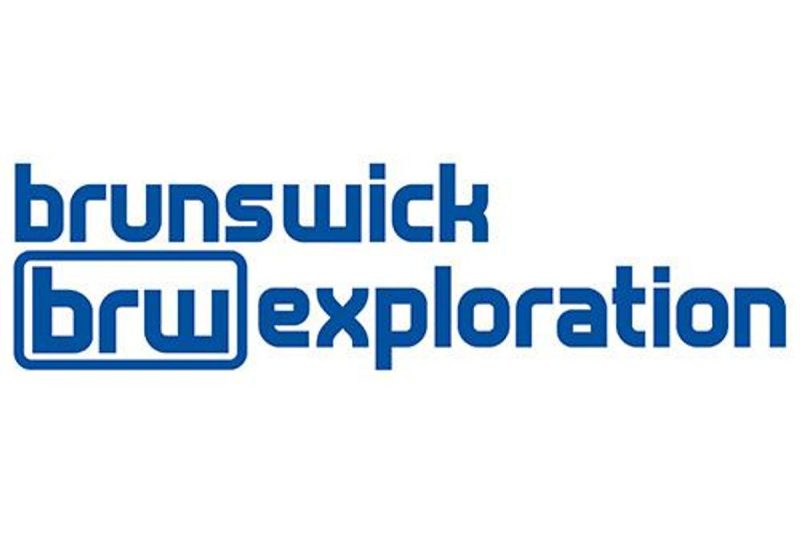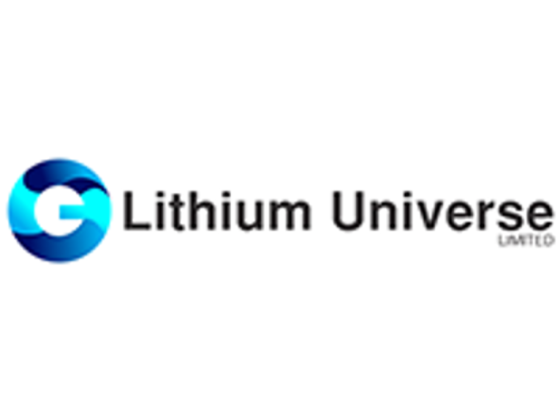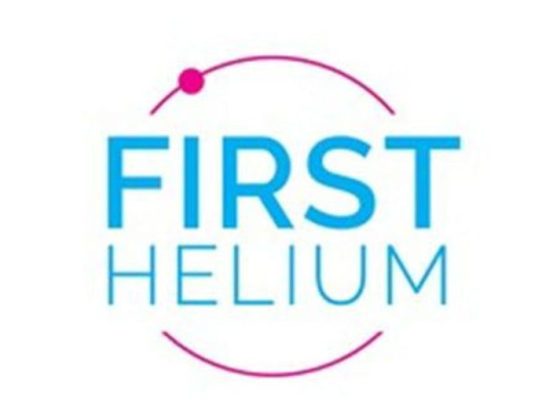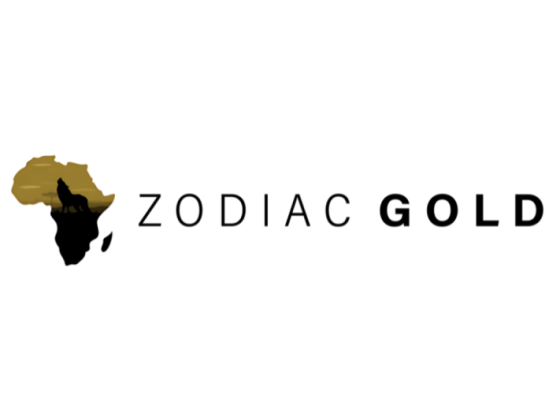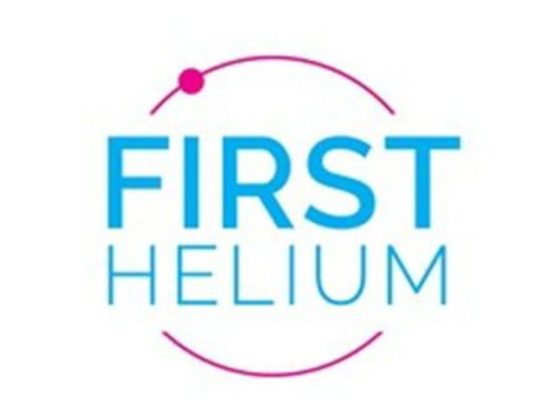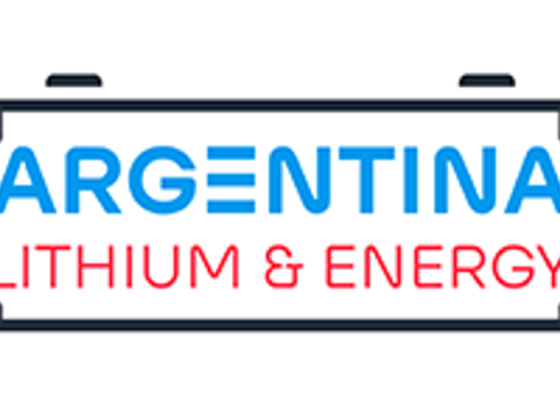Brunswick Exploration, also known as BRW, has recently made headlines in the resource exploration field with their ground-breaking discovery within the vastly unexplored terrains of Greenland. In a remarkable turn of events, the company has unearthed the region’s first ever Spodumene Pegmatite deposit within a major evolved pegmatite field, serving a dual confirmation of rich Lithium resources in the region. This accomplishment could potentially reshape the global lithium industry and usher in a new frontier for mining and resource extraction.
Spodumene is a lithium-aluminium inosilicate mineral hailed as a significant source of lithium which is a desirable element in various industrial applications. Particularly, lithium’s usage in the battery industry has seen a significant increase, fueling the need for further exploration and extraction of lithium-rich minerals such as Spodumene. Prior to this discovery, the existence of Spodumene in Greenland was largely hypothetical, leading Brunswick Exploration’s achievement to be considered a significant milestone in the country’s mining sector.
The Spodumene Pegmatite was discovered within a major evolved pegmatite field in the southern region of Greenland. An evolved pegmatite field is understood to be an extensive geological region rich in highly-evolved, mineral-rich felsic igneous rocks known as pegmatite. The presence of Spodumene reaffirms the wealthy concentration of lithium resources within these pegmatites.
It is pivotal to note that these Greenlandic Spodumene deposits are the first-ever instance of their kind found within the entirety of the country. This indisputably supports the long-held theories of Greenland being a lithium resource utopia waiting to be tapped into. This discovery has substantial implications not only for the future of BRW but also the trajectory of Greenland’s resource extraction industry as well as the global lithium market.
Another noteworthy factor regarding BRW’s discovery is its potential for providing an ethical and sustainable lithium source which could significantly disrupt the global lithium supply chain. Greenland’s well-regulated mining laws and the country’s commitment to environmental protection could guarantee a responsible lithium extraction process, aligning with the worldwide appeal for eco-friendly mining practices.
Moreover, the diversity and quality of the minerals found within this Spodumene Pegmatite deposit hold promising potential for productive extraction and lucrative return. This discovery bodes well for the future endeavors of Brunswick Exploration in the region and has certainly stirred up excitement within the mining community.
Furthermore, considering that a large portion of the world’s lithium today is obtained from brine deposits, bringing a hard-rock lithium source like Spodumene to market could also potentially expand the geographic diversification of global lithium supply. Geographically, Greenland is advantageously located between North America and Europe, making it an attractive lithium source for these markets once development of the deposit progresses.
In sum, Brunswick Exploration’s discovery of Greenland’s first Spodumene Pegmatite in a major evolved pegmatite field is an event of significant note. This revelation not only emphasizes the vast potential of Greenland’s unexplored terrain for resource extraction but also quietly underscores a pivotal shift in the global lithium industry – one with far-reaching implications for the future of clean energy and sustainable mining practices.

